Home>Furniture & Design>Living Room Furniture>How To Make A Dining Table From Reclaimed Wood
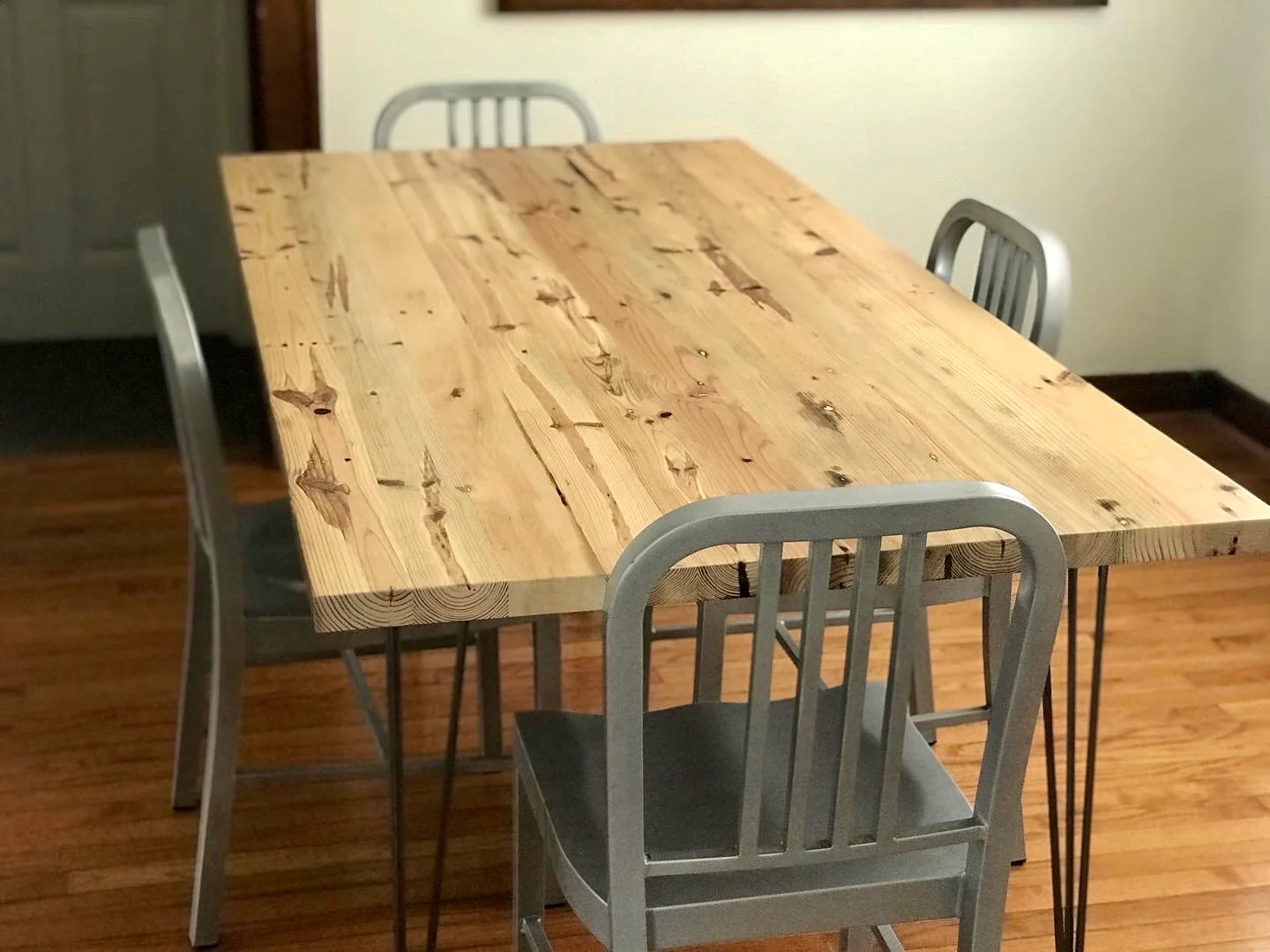

Living Room Furniture
How To Make A Dining Table From Reclaimed Wood
Modified: January 24, 2024
Learn how to create a stunning dining table from reclaimed wood for your living room. Discover expert tips and design ideas for unique living room furniture.
(Many of the links in this article redirect to a specific reviewed product. Your purchase of these products through affiliate links helps to generate commission for Storables.com, at no extra cost. Learn more)
Introduction
Welcome to the world of sustainable furniture design, where creativity and craftsmanship converge to breathe new life into reclaimed materials. Crafting a dining table from reclaimed wood is not just a DIY project; it's a testament to the art of repurposing and the beauty of imperfections. In this guide, we will embark on a journey to transform weathered wood into a stunning centerpiece for your dining room.
Reclaimed wood exudes a unique charm, bearing the marks of its previous life – perhaps as a barn, a shipping pallet, or even a dismantled structure. Each knot, groove, and grain tells a story, adding character and history to your dining table. By embracing this material, you not only contribute to sustainable practices but also invite a touch of rustic elegance into your home.
As we delve into the process of creating a dining table from reclaimed wood, we will explore every stage, from sourcing the materials to the finishing touches. Whether you are a seasoned woodworker or a novice enthusiast, this guide will equip you with the knowledge and inspiration to embark on this fulfilling endeavor.
So, roll up your sleeves, unleash your creativity, and let's embark on a journey to craft a one-of-a-kind dining table that not only serves as a functional piece of furniture but also stands as a testament to your commitment to sustainability and artistry.
Key Takeaways:
- Embrace the allure of imperfections and history by crafting a unique dining table from reclaimed wood, infusing your home with sustainable charm and individuality.
- Transform weathered wood into a timeless centerpiece, honoring the legacy of materials and embracing sustainable craftsmanship to create a meaningful dining space.
Read more: How To Build A Reclaimed Wood Dining Table
Finding Reclaimed Wood
Embarking on the quest for reclaimed wood is an adventure in itself. The allure of this material lies in its history and uniqueness. There are various avenues to explore when seeking out reclaimed wood for your dining table project.
Salvage Yards and Demolition Sites: These treasure troves are often teeming with discarded wood from old buildings, warehouses, and barns. Exploring these sites can unveil a wealth of weathered planks and beams, each with its own tale to tell.
Online Marketplaces and Classifieds: The digital realm has become a hub for buying and selling reclaimed materials. Websites and online marketplaces dedicated to salvaged wood offer a convenient platform to browse through a diverse array of options, connecting you with suppliers from various locations.
Networking with Local Woodworkers and Builders: Establishing connections within the woodworking and construction community can open doors to reclaimed wood sources. Woodworkers and builders often have insights into upcoming demolition or renovation projects, providing access to sought-after materials.
Community and Farm Auctions: Auctions held in rural communities and farms can be unexpected havens for discovering reclaimed wood. From old fences to disassembled structures, these auctions can unveil hidden gems waiting to be repurposed into stunning furniture pieces.
DIY Demolition and Salvaging: For the adventurous and resourceful, salvaging wood from personal or community demolition projects presents a hands-on approach to sourcing reclaimed wood. With proper permissions and safety measures in place, deconstructing old structures can yield a bountiful supply of weathered wood.
Before acquiring reclaimed wood, it’s essential to assess its condition and history. Look for signs of structural integrity, such as minimal rot, insect damage, or hazardous chemicals. Additionally, understanding the wood’s provenance adds depth to your project, allowing you to share its origin story with future admirers.
Once you’ve secured the reclaimed wood for your dining table, the next step is to prepare it for the transformative journey that lies ahead.
Preparing the Wood
Before the reclaimed wood can be transformed into a stunning dining table, it requires meticulous preparation to ensure its structural integrity and aesthetic appeal. This phase involves a blend of preservation, cleaning, and customization to ready the wood for its new role as the focal point of your dining space.
Assessment and Cleaning: Upon acquiring reclaimed wood, begin by carefully assessing each piece. Look for signs of wear, such as dirt, grime, and remnants of old finishes. Gently clean the wood using a soft-bristled brush, ensuring that its inherent character remains intact while removing surface impurities. This process unveils the wood’s natural patina and texture, setting the stage for its revival.
De-nailing and Structural Repairs: Many reclaimed wood pieces bear the remnants of nails, screws, or other hardware from their previous life. De-nailing is a crucial step, as it not only enhances the wood’s safety and workability but also prevents damage to your tools during the crafting process. Additionally, inspect the wood for any structural imperfections, such as cracks or weakened sections, and address them with appropriate repairs to fortify the material for its new purpose.
Surface Treatment and Preservation: Depending on the desired aesthetic and the wood’s inherent characteristics, consider surface treatments to preserve and enhance its natural beauty. Options range from clear sealants that maintain the wood’s raw appearance to oils and stains that enrich its color and texture. These treatments not only protect the wood from environmental factors but also accentuate its unique features, breathing new life into its weathered façade.
Dimensional Customization: Crafting a dining table involves precision in dimension and form. Once the wood is cleaned, repaired, and treated, assess its dimensions and plan for the necessary cuts and joinery to shape it into the desired table components. This phase requires a balance of creativity and technical skill, as you envision the table’s design while aligning it with the wood’s inherent characteristics.
By meticulously preparing the reclaimed wood, you honor its history and embrace its distinctiveness, setting the stage for the next phase: translating your design vision into tangible form. As the wood emerges revitalized and ready for its new role, the creative process of designing the table comes to the forefront, inviting you to infuse the piece with your unique style and purpose.
Designing the Table
As the prepared reclaimed wood stands ready to be shaped into a dining table, the design phase beckons with boundless creativity and purposeful vision. Designing the table is a harmonious blend of aesthetics, functionality, and storytelling, where the unique character of the reclaimed wood intertwines with your personal style and the practical needs of your dining space.
Embracing the Wood’s Character: The inherent charm of reclaimed wood lies in its imperfections and history. Knots, grain variations, and weathered textures become the narrative threads that weave through the table’s design. Embrace these features, allowing them to influence the table’s aesthetic and infuse it with a sense of authenticity.
Functional Considerations: A dining table serves as a gathering place, a surface for shared meals, conversations, and everyday activities. Consider the dimensions, shape, and seating capacity that best suit your lifestyle and space. Whether it’s a robust farmhouse-style table for large gatherings or a sleek, space-efficient design for intimate settings, tailoring the table’s functionality to your needs is paramount.
Joinery and Structural Elements: The method of joining the wood components plays a pivotal role in the table’s stability and visual appeal. Whether opting for traditional mortise and tenon joints, contemporary metal accents, or a seamless blend of both, the joinery adds a distinctive touch to the table while reinforcing its structural integrity.
Finishing Touches and Accents: The finishing details elevate the table from functional furniture to a captivating work of art. From hand-carved embellishments to inlaid accents, these elements bestow the table with individuality and refinement. Additionally, selecting the appropriate finish – whether it’s a natural, matte, or glossy sheen – enhances the wood’s character and safeguards it for years to come.
Environmental Harmony: Sustainable design extends beyond the choice of reclaimed wood. Consider incorporating eco-friendly practices and materials into the table’s design, such as low-VOC finishes, recycled metal hardware, or locally sourced embellishments. This holistic approach aligns the table with your commitment to environmental stewardship.
As the design takes shape on paper or in digital renderings, it embodies not only your creative expression but also a tribute to the reclaimed wood’s journey from its original purpose to its reimagined form. With the design finalized, the transformative phase of crafting the table unfolds, where each cut, joint, and detail breathes life into the wood’s newfound identity as a timeless dining centerpiece.
When working with reclaimed wood for a dining table, make sure to properly sand and seal the wood to prevent any potential hazards such as splinters or exposure to harmful chemicals.
Building the Table
With the design meticulously planned and refined, the crafting phase commences, transforming the envisioned dining table into a tangible masterpiece. Building the table from reclaimed wood is a symphony of woodworking techniques, precision, and dedication, culminating in the emergence of a functional work of art that embodies the union of history and craftsmanship.
Cutting and Shaping: The first steps involve translating the design’s measurements and specifications onto the prepared wood. Careful cuts and shaping techniques bring the components to life, aligning them with the envisioned form while honoring the wood’s inherent character. Whether it’s the tabletop, legs, or intricate details, each element takes shape under the guidance of your design blueprint.
Joinery and Assembly: Joinery techniques, such as mortise and tenon, dovetail, or lap joints, form the structural backbone of the table, ensuring stability and longevity. The art of precision joinery marries the individual wood components, creating a cohesive whole that withstands the test of time and use. As the pieces come together, the table begins to embody the envisioned design, infusing the space with its distinctive presence.
Artisanal Details: Handcrafted embellishments and custom accents add a layer of artistry to the table, reflecting your unique style and attention to detail. Whether it’s intricate carvings, inlays, or hand-forged metal elements, these artisanal touches imbue the table with character and individuality, transforming it into a bespoke heirloom piece.
Structural Integrity and Finishing: As the table nears completion, meticulous attention is devoted to ensuring its structural integrity and surface refinement. Sanding techniques bring out the wood’s natural luster, while the application of finishes and protective coatings safeguards its beauty for generations to come. Each stroke and layer of finish enriches the wood’s texture and hue, culminating in a captivating visual and tactile experience.
Building the table is a labor of love, where the marriage of reclaimed wood and skilled craftsmanship gives rise to a timeless centerpiece that transcends mere functionality. As the final strokes are applied, and the table stands resplendent in its completed form, the transformative journey transitions to the stage of sanding and finishing, where the wood’s essence is unveiled in all its glory.
Read more: How To Make Tableware From Wood
Sanding and Finishing
As the newly crafted dining table emerges from the building phase, it enters the transformative stage of sanding and finishing, where the wood’s innate beauty is coaxed to the surface, ready to radiate warmth and elegance in your dining space. This meticulous process encompasses refining the wood’s texture, enhancing its visual allure, and protecting it for years of cherished gatherings and shared moments.
Refinement through Sanding: Sanding is a transformative ritual that unveils the wood’s natural luster while smoothing away imperfections. Beginning with coarser grits and progressing to finer ones, this process evens out the wood’s surface, revealing its inherent grain patterns and tactile appeal. Each stroke of the sandpaper brings the wood closer to its final state, inviting the touch and admiration of all who encounter it.
Revelation of Wood Grain: As the sanding progresses, the wood’s grain patterns, knots, and subtle nuances come to life, adding depth and character to the table’s surface. The interplay of light and shadow accentuates the wood’s organic beauty, creating a symphony of visual intrigue that captivates the eye and soul.
Selection of Finishes: The choice of finish is a pivotal decision, as it not only enhances the wood’s aesthetics but also safeguards it from environmental influences. Whether opting for a natural oil to maintain the wood’s raw allure, a clear varnish for a glossy sheen, or a matte finish for a subtle elegance, the selected finish becomes the final brushstroke that completes the wood’s transformation.
Application of Protective Coatings: Beyond aesthetics, protective coatings shield the wood from moisture, stains, and wear, ensuring its longevity and resilience. Each layer of protective coating serves as a guardian, preserving the wood’s beauty and enabling it to withstand the rigors of daily use, while aging gracefully over time.
Celebrating the Unveiled Beauty: As the sanding and finishing process draws to a close, the table stands resplendent, its wood exuding a timeless allure that transcends trends and fads. The journey from weathered planks to a refined dining table is a testament to the transformative power of craftsmanship and the enduring charm of reclaimed wood.
With the sanding and finishing phase complete, the dining table is poised to take its rightful place as the heart of your dining space, where it will bear witness to countless meals, conversations, and cherished memories. As we conclude this transformative journey, the allure of reclaimed wood and the artistry of woodworking stand as testaments to the enduring legacy of sustainable craftsmanship.
Conclusion
The journey of creating a dining table from reclaimed wood transcends the realms of craftsmanship and sustainability, weaving a narrative that intertwines history, creativity, and purpose. From the quest for reclaimed wood to the transformative phases of preparation, design, construction, and refinement, this endeavor is a testament to the enduring allure of repurposed materials and the artistry of woodworking.
Embracing reclaimed wood in furniture design is a celebration of imperfections, a homage to the past, and a commitment to sustainable practices. Each weathered plank and worn beam carries a story, enriching the dining table with character and authenticity that mass-produced furniture cannot replicate. The journey of sourcing, preparing, and crafting reclaimed wood is an ode to the beauty of imperfections and the art of repurposing.
As the dining table takes its place in your home, it becomes more than a piece of furniture; it becomes a living testament to your dedication to sustainable living and the artistry of repurposing. Its presence evokes conversations about its origin, the history it carries, and the craftsmanship that brought it to life.
Furthermore, the process of creating a dining table from reclaimed wood is an invitation to infuse your living space with individuality and purpose. From the design choices that honor the wood’s character to the artisanal details that reflect your unique style, the table becomes a reflection of your values and creativity, enriching your home with a timeless and meaningful centerpiece.
Ultimately, the journey of crafting a dining table from reclaimed wood is a reminder that sustainability and artistry can harmoniously converge, yielding furniture pieces that transcend trends and leave a lasting impact. With each shared meal, laughter, and cherished moment, the dining table stands as a symbol of heritage, creativity, and the enduring beauty of reclaimed materials.
As you embark on your own journey of crafting with reclaimed wood, may this guide inspire you to embrace the allure of imperfections, honor the legacy of materials, and infuse your living space with the timeless charm of sustainable craftsmanship.
Frequently Asked Questions about How To Make A Dining Table From Reclaimed Wood
Was this page helpful?
At Storables.com, we guarantee accurate and reliable information. Our content, validated by Expert Board Contributors, is crafted following stringent Editorial Policies. We're committed to providing you with well-researched, expert-backed insights for all your informational needs.
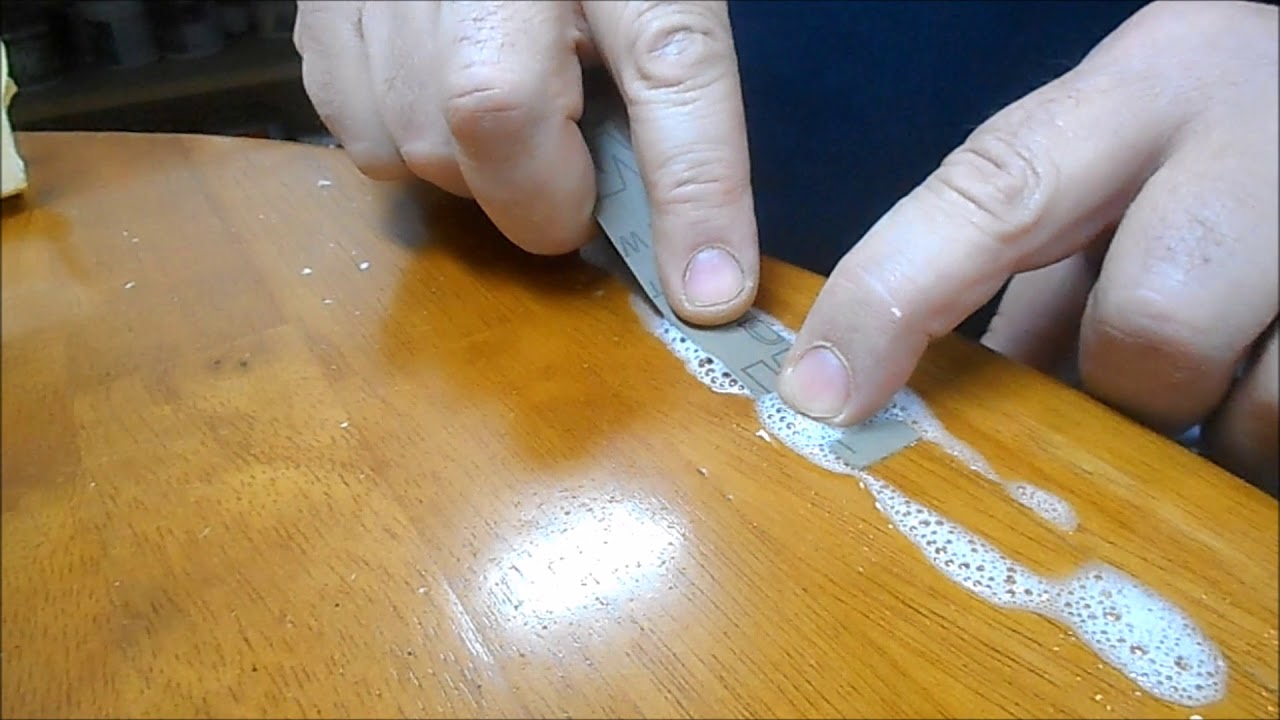
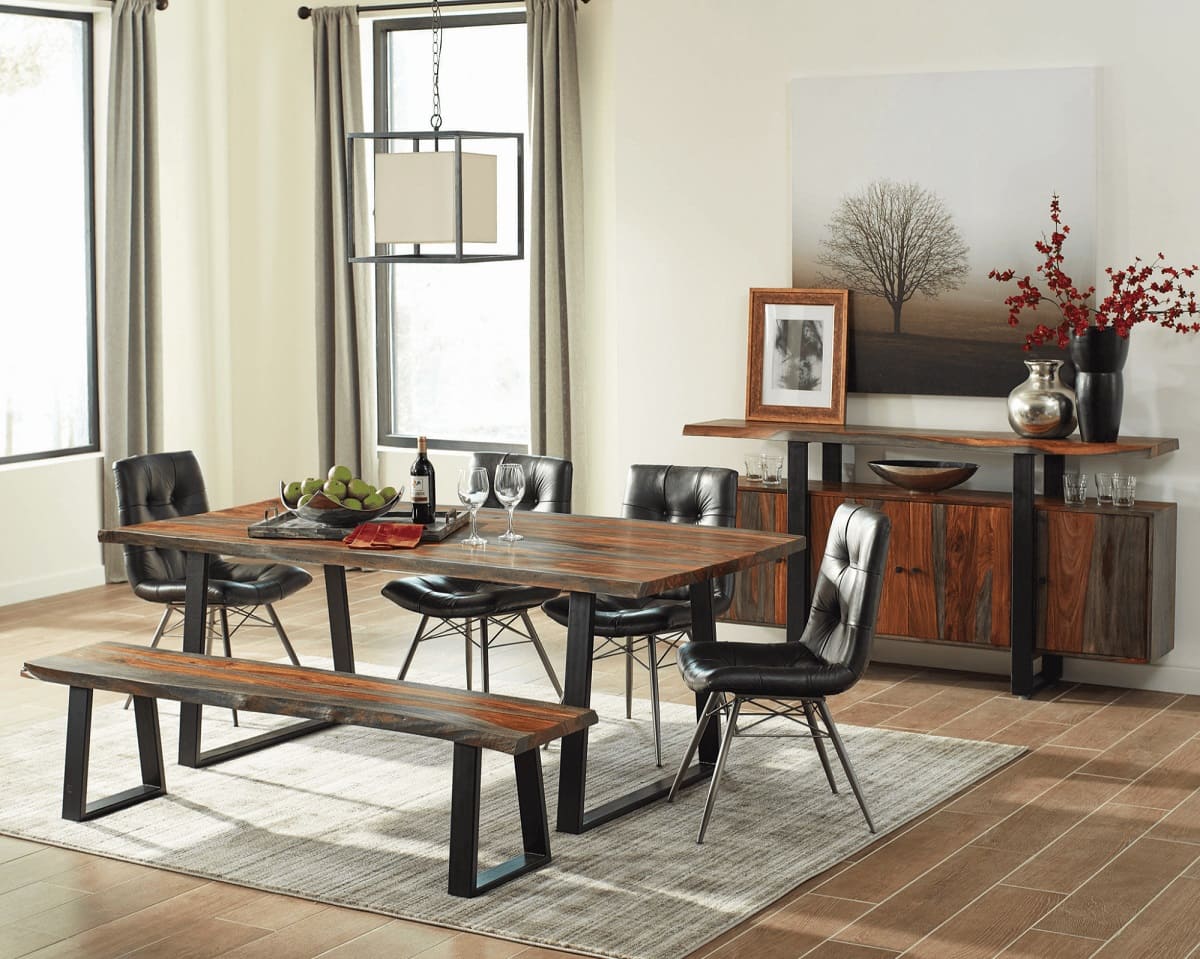
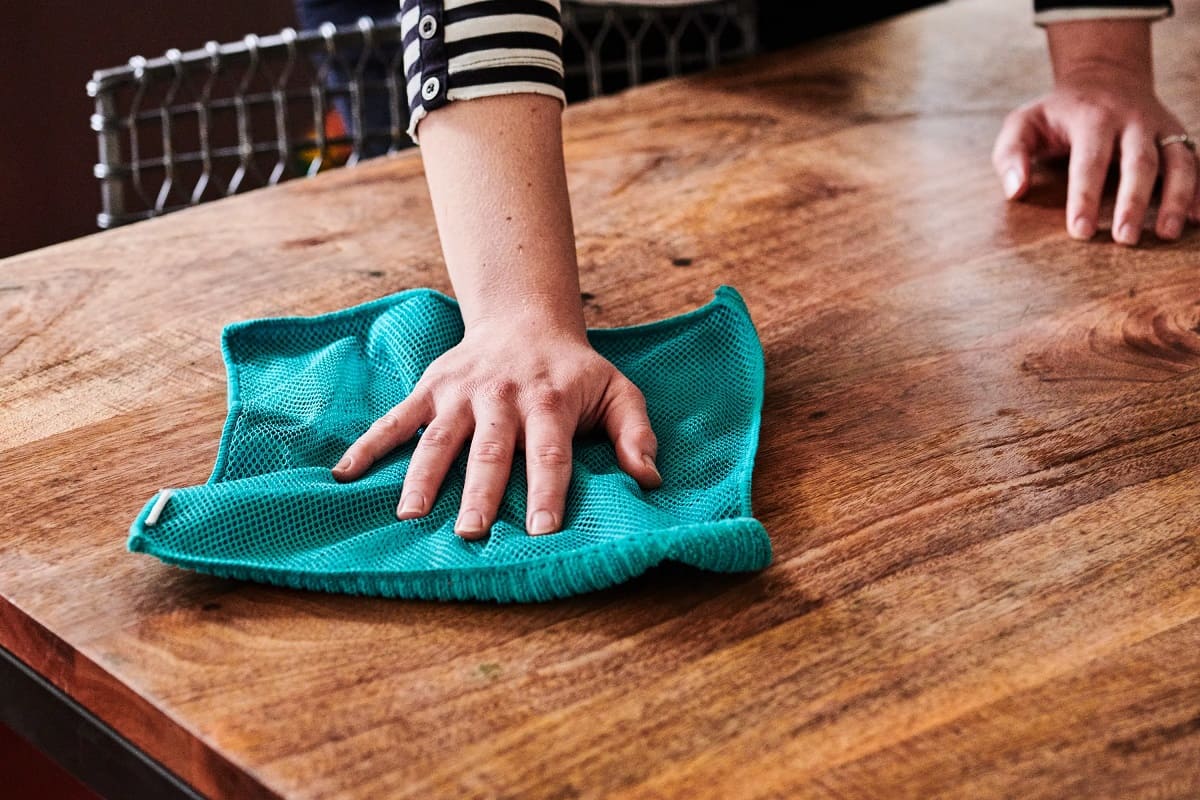
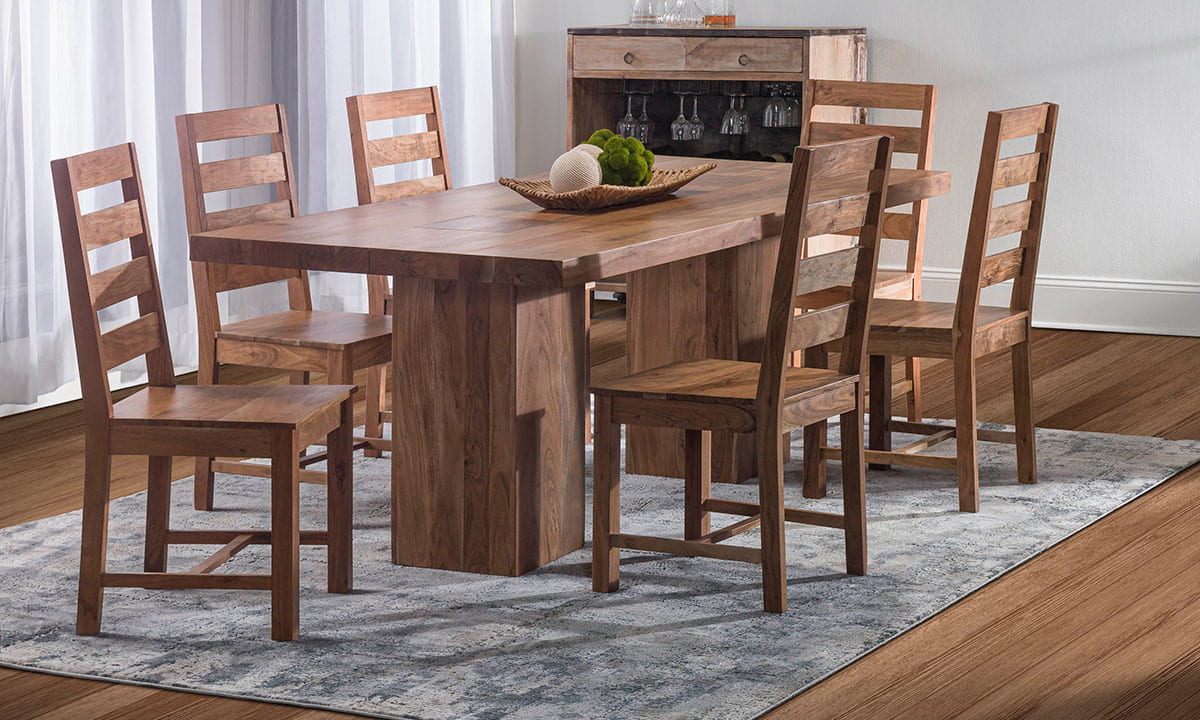


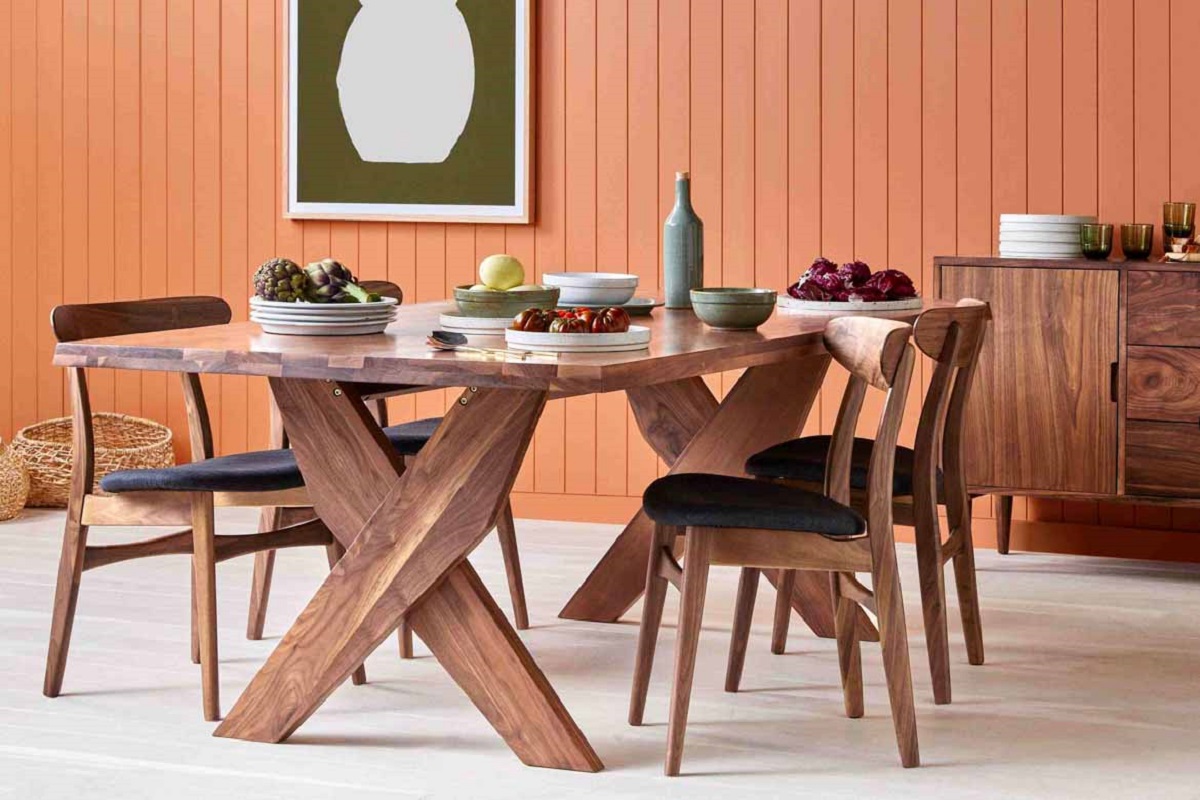
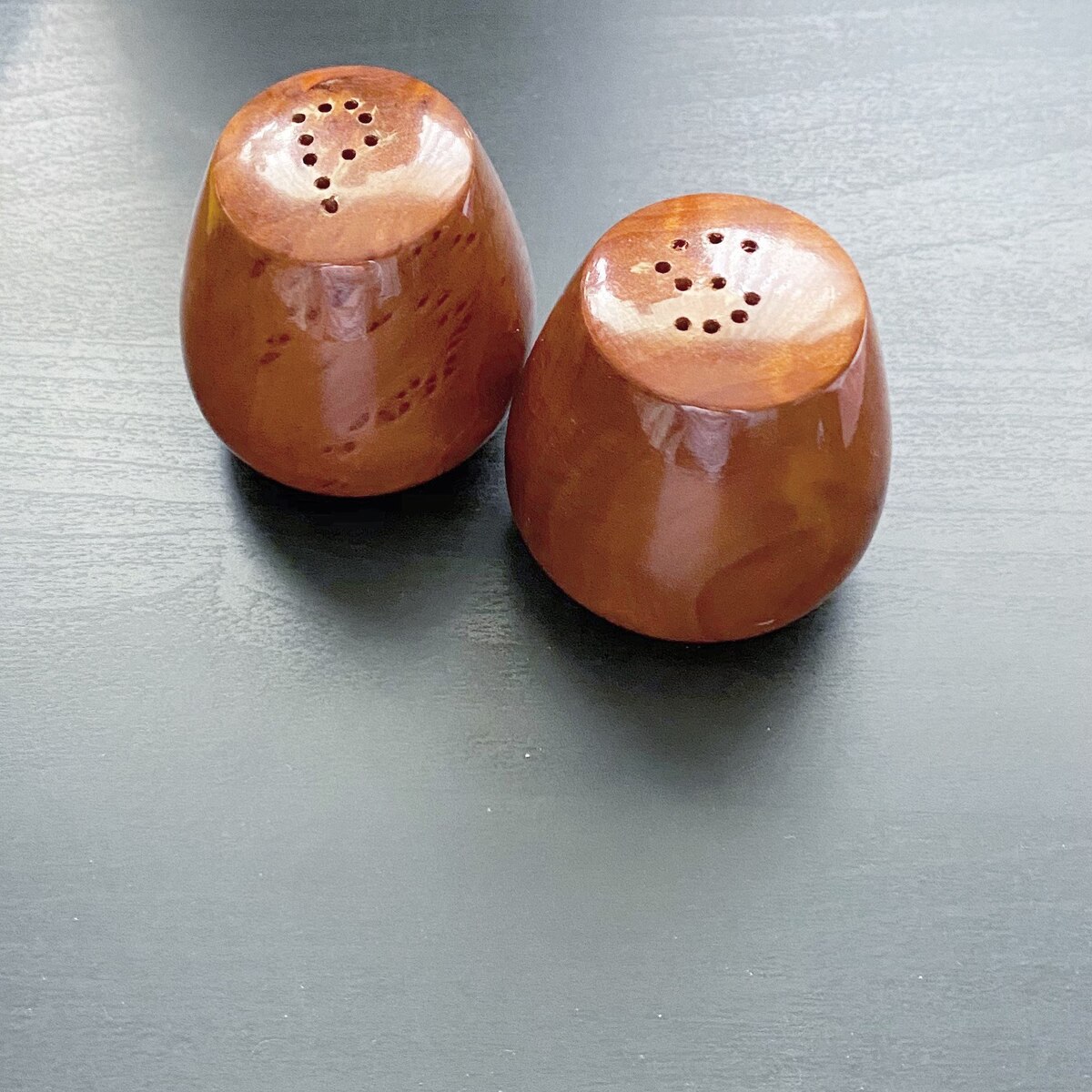


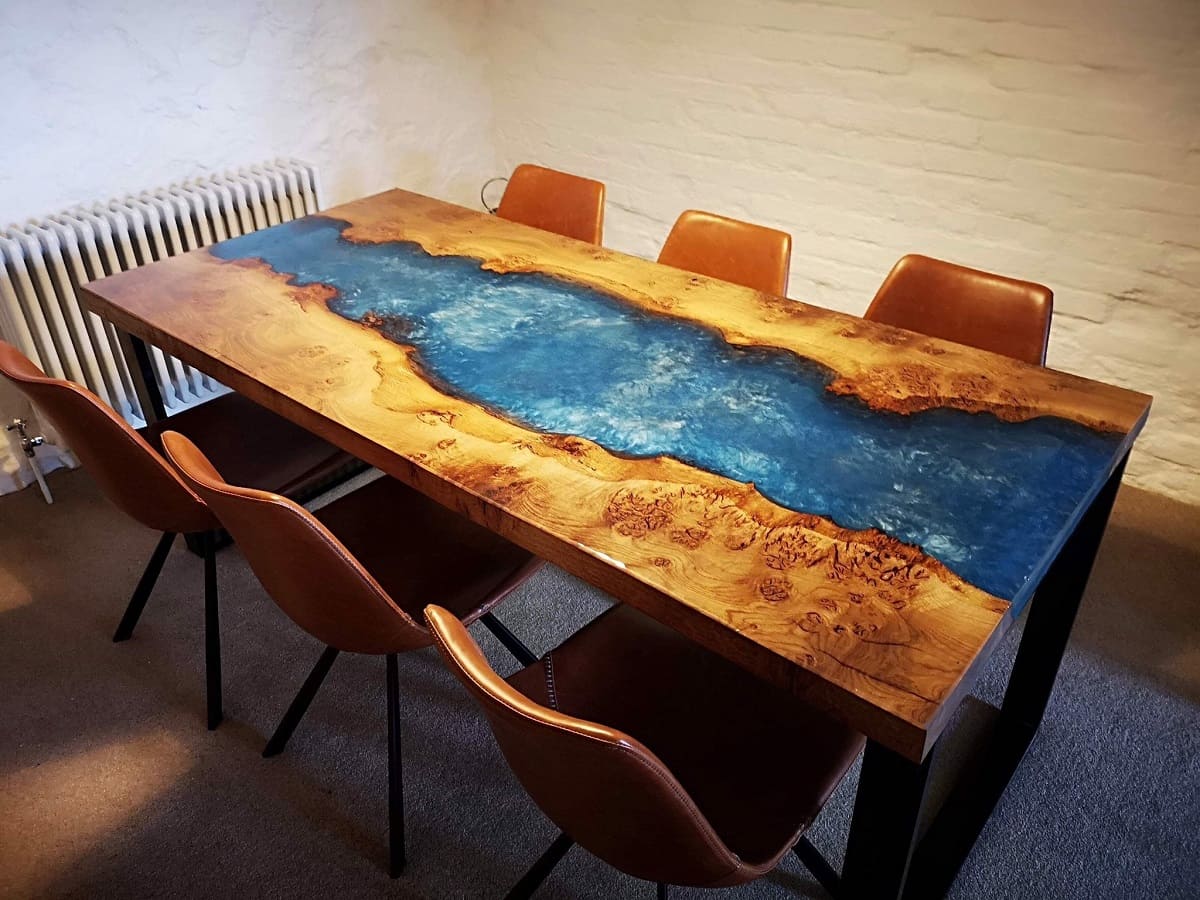
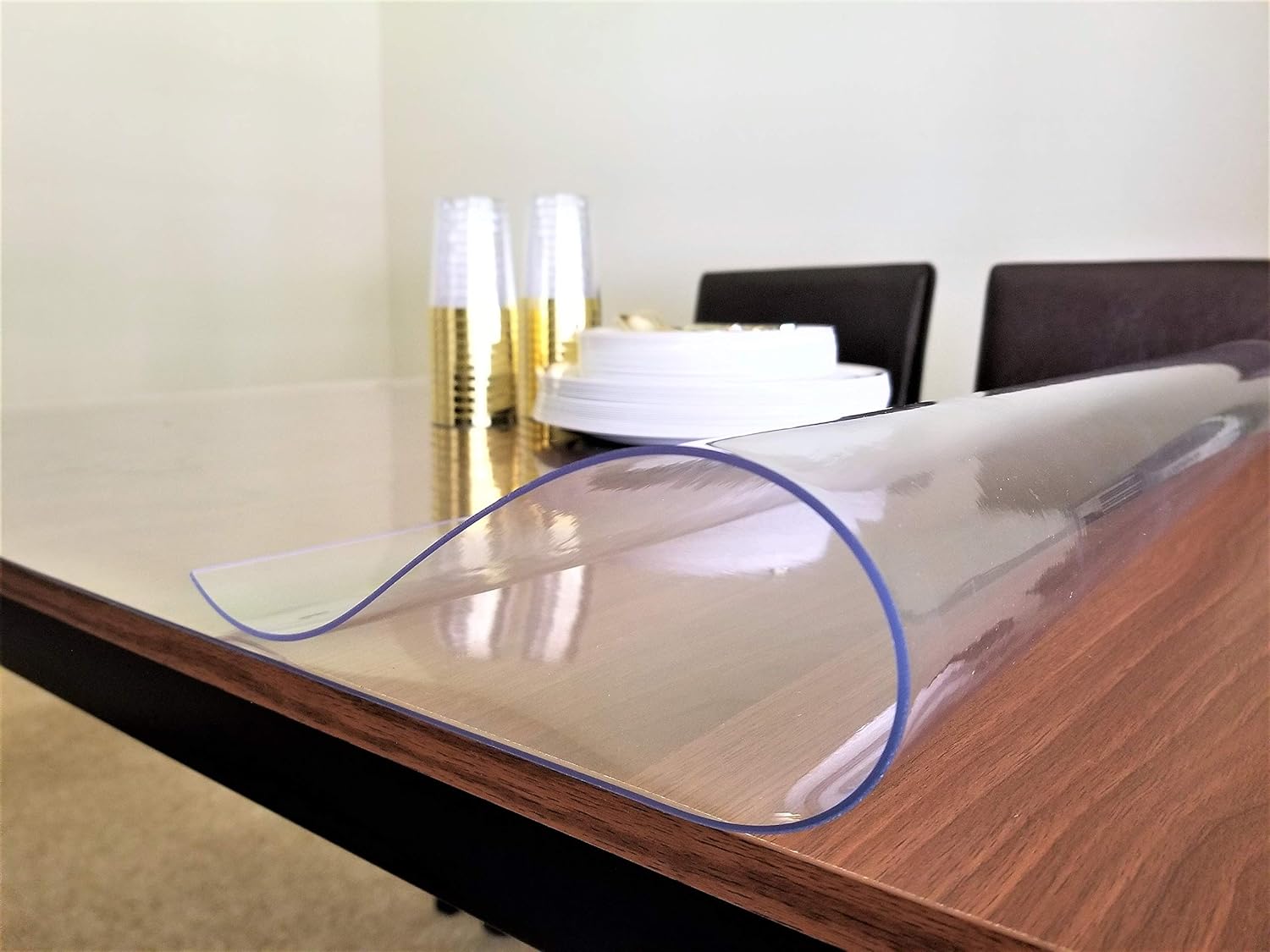



0 thoughts on “How To Make A Dining Table From Reclaimed Wood”